Adopting New Technologies
Adopting New Technologies
After World War II advancing transportation and communication technology continued to impact the work place. By the end of the century new technologies, espeically computers, had effected the greatest changes for workers.
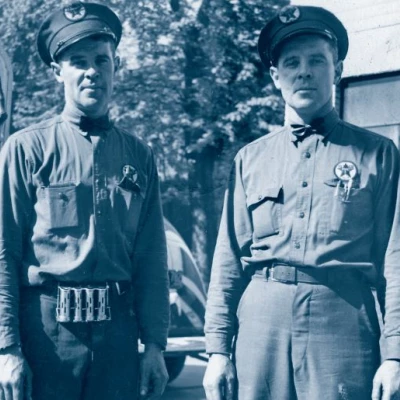
Changing Customer Service
Merchant-to-customer service and interaction declined dramatically as new computer technologies enabled self-service at gas stations and other retail businesses.Featuring:Elmo A. (1902-1976) and Eldon Quinn (1984), Texaco gas station owners
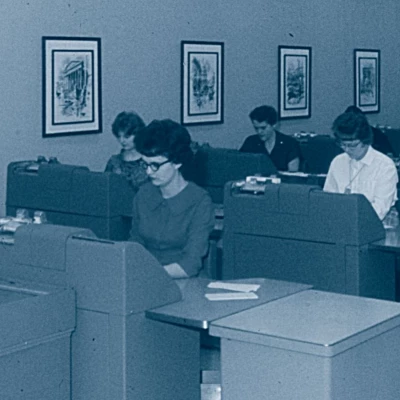
Punch Cards and Computing
After World War II, employees at area insurance companies processed more and more policies. The use of new computer technologies enabled these companies to continue to grow, while reducing paperwork.Featuring:Sandra Harsha Haas, (1949 – ), keypunch operator
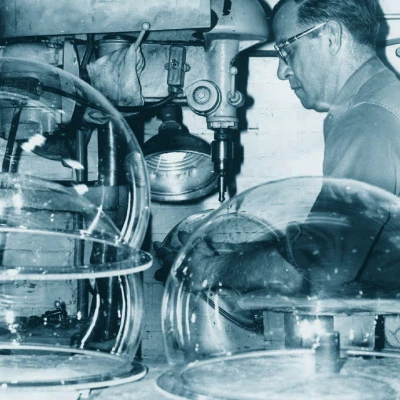
Applying Innovations
Local manufacturers found ways to utilize technologies developed during World War II.Featuring:Kathy Musselman Kaufman, (1948 – ), hairdresser
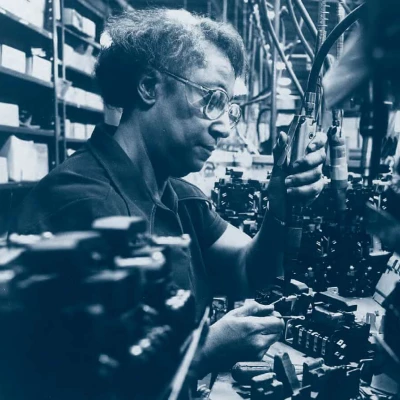
Fair Labor Practices Improve
With access to both highway and rail transportation, national companies were attracted to McLean County. Local hiring practices began to change.Featuring:Ruth Waddell, (1923 – 2021), General Electric assembly line
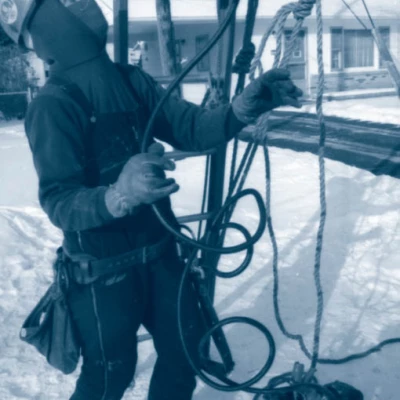
Urban Expansion Created Jobs
Many construction and infrastructure jobs resulted from the urban expansion that began east of Veterans Parkway. It was also a time when women began to work in fields dominated by male workers.Featuring:Patricia O’Neil Wannemacher, (1931 – 2013), owner of Wannemacher ElectricJulie Violano Powell Brandt, (1955 – ), General Telephone maintenance splicer
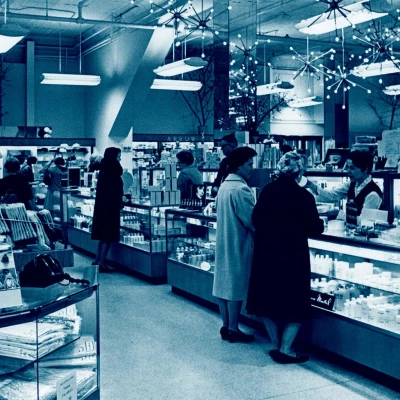
Merchants Move to Bloomington’s East Side
When Eastland Mall was completed in 1966, some Bloomington merchants opened a second store at this new location. Others relocated to the mall.Featuring:Grace B. Smith (1907-1990), (1907 – 1990), Roland's employee and part-ownerAlan P. James, manager at KmartLloyd Ringler, manager at J.C. Penny
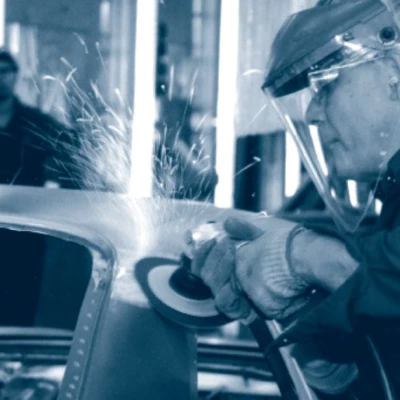
Robotics Replaces Some Workers, But Hand Work Remains Necessary
When Diamond Star Motors began production in 1988, the assembly line included state-of-the-art robotic arms that did 90 percent of the welding. Fortunately there were still many jobs for workers.Featuring:Dan Nelson, (1949 – 2004), assembly line at MitsubishiCharlie E. Gordon (1933-2014) and Ralph Walden (1933-2008), Firestone tire manufacturers
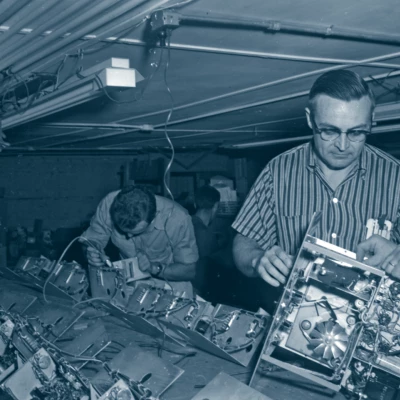
Sound Advancements
Engineers working at Bloomington’s WJBC AM radio developed new audio recording technologies that dramatically changed radio broadcasting.Featuring:John P. “Jack” Jenkins, (1932 – 2009), audio engineer
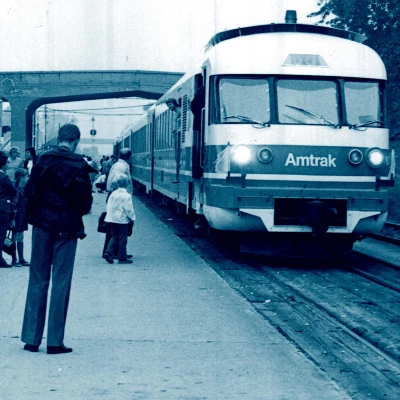
Diesel Engines Replace Steam Engines
The merger of the Chicago & Alton and Gulf, Mobile & Ohio (GM&O) railroads in 1946, and the switch from steam engines to diesel engines, dramatically reduced employment at Bloomington’s shops. Employment dwindled from 1,200 in 1946 to 476 by 1950. The shops closed by 1972.Featuring:Ralph D.W. Gapen, (1919 – 1991), C&A brakemanDomingo Carranza, (1931 – 2019), C&A section hand
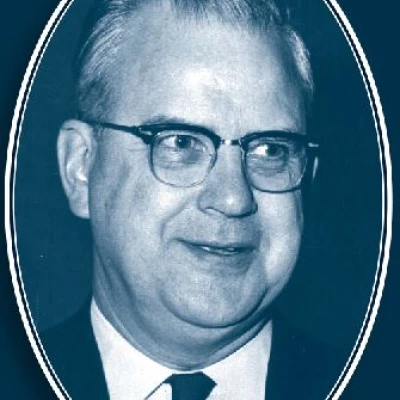
Advancing Healthcare
Featuring:Dr. Loren M. Boon, (1917 – 1995), doctor
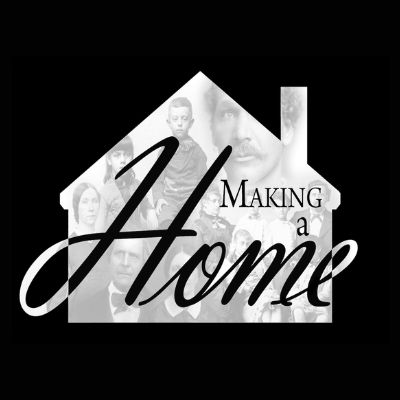 Making a Home
Making a Home
 A Community in Conflict
A Community in Conflict
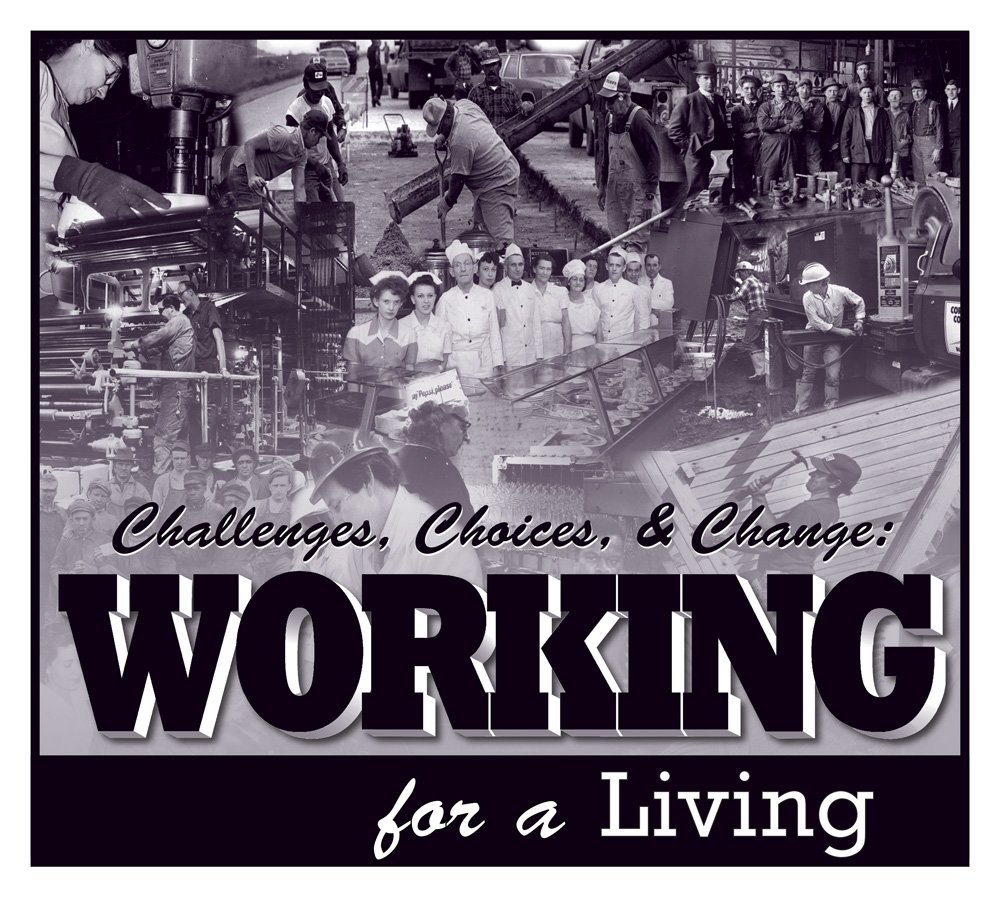 Working for a Living
Working for a Living
 Farming in the Great Corn Belt
Farming in the Great Corn Belt
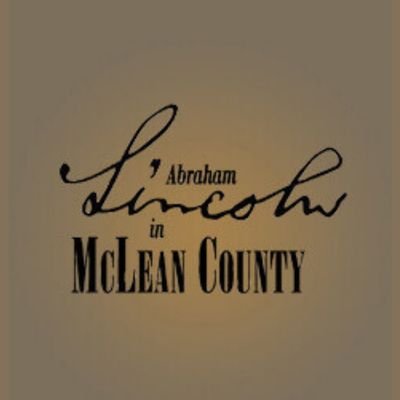 Abraham Lincoln in McLean County
Abraham Lincoln in McLean County